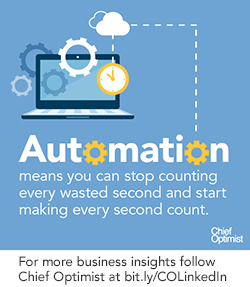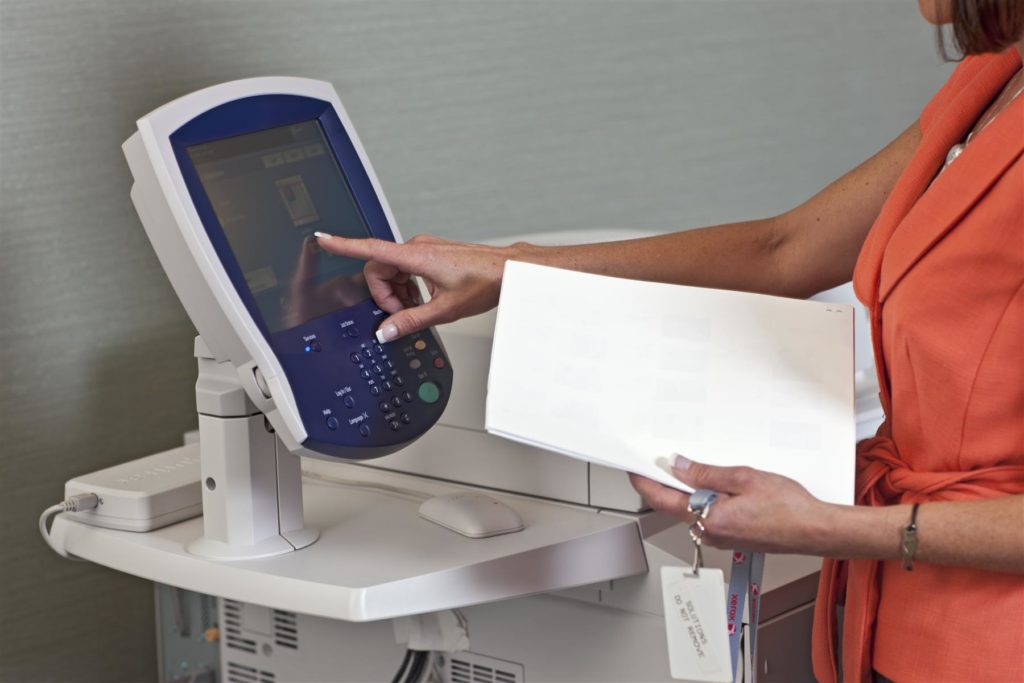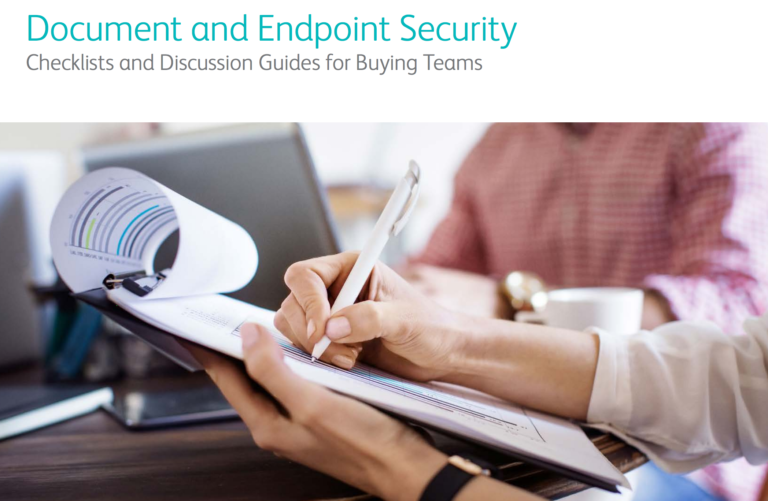A version of this guest post by Hervé Lesage, Xerox Worldwide Commercial Industry Marketing, originally appeared on LinkedIn.

It’s no surprise that IT security became a major concern. Spectacular breaches hit the news In 2016: starting with the IRS early in the year, and later damaging reputations of companies like Snapchat, Verizon, LinkedIn, Oracle, Dropbox and Yahoo. Even companies that seemed immune to this kind of threat, given their digital and technology backgrounds, were found to be vulnerable.
No chance the cybersecurity threat will ease in the future, considering increasing data volumes and more IoT devices being connected every day. The bent towards malevolence has spread, and with the democratization of malware, cybercrime opportunities are easily found by hackers and attackers of all kinds.
Organizations Fight Back
Organizations are taking countermeasures, and IT security budgets are increasing. No one wants more data breaches that result in stolen financial data, compromised customer information, leaked employee data, and intellectual property escaping the corporate walls and possibly enhancing the competitive edge of others.
These cybercrimes are also the source of many costs. Ponemon estimates the average breach costs at $7M in the US, $5M in Germany, $4.7M in France, and $4M in the UK- not to mention potential noncompliance fines and loss of business.
The Aerospace and Defense (A&D) industries have been hard hit, as an FACC case (an Austrian aircraft supplier) illustrates, with a record breach cost of $54M and a resulting 17% share price decrease! Consequently, more money is invested on IT security, and we see the DoD leading the charge with a significant budget rise expectation in 2017 at 15%.
What About the Security of Your Networked Devices?
Many IT security areas are under scrutiny, including servers, cloud and BYOD. However, one area is not yet getting a sufficient level of attention: network printing. Some would think it pretty urgent to beef up security in this domain, considering that in some organizations, thousands of employees have access to fleets of hundreds or thousands of copiers, printers and MFPs. Each device could become a potential security breach point and create the risk of data leakage, document theft and sizeable consequences.
So where can you start to scale secure print across your organization?
- First step: Select devices that offer the best security features. Ask yourself whether every MFP that connects to your network would benefit from functions like Authentication, IPsec Encryption, Hard Disk Encryption or Image Overwrite? Does each device include components allowing intrusion prevention and information protection capabilities? And is it Common Criteria certified, like most Xerox devices are.
- Second step: Did you already establish a policy providing secure printing usage guidelines? Did you install solutions like pull printing, which will ask users to pin down a code or to use a smart card for releasing printed documents?
- Third step: How do you make sure that security settings defined in your secure print policy are kept active 24/7 on every single device, and don’t vanish in case of a power shutdown or other technical glitch, offering a flaw in the armor to intruders? This last point is probably the most tricky to solve and requires solutions able to monitor fleets of many, many MFPs widespread over many different locations.
How Device Security Solutions Tackle the Problem
You need a thorough understanding of your fleet and put in place a solution that will automatically monitor and detect the security compliance of any single device on the network. It should also provide a scheduled cadence of reports on the security compliance of all networked devices. This solution will ensure global governance and standard work practices across the global network and operations for all managed devices. It allows organizations to proactively manage and remediate the security compliance of all networked managed devices through a dedicated security administrator.
 We provided a solution like this for a large, global defense company, guaranteeing proactive management of print devices and network security, reducing risks of human-factor security breaches, supporting security governance and regulatory compliance, and of course, giving the ability to print securely whenever and wherever needed, with the additional benefit to curb down print costs.
We provided a solution like this for a large, global defense company, guaranteeing proactive management of print devices and network security, reducing risks of human-factor security breaches, supporting security governance and regulatory compliance, and of course, giving the ability to print securely whenever and wherever needed, with the additional benefit to curb down print costs.




[…] How Device Security Reduces Risk of Information Breaches […]